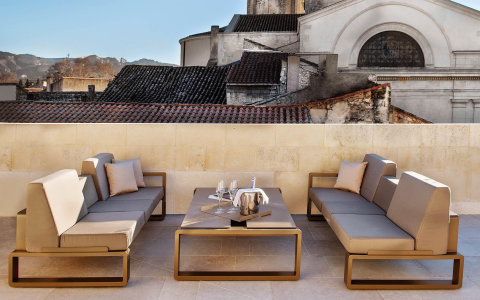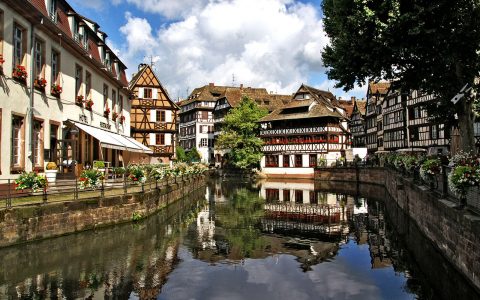Calvados and Cider:
Norman Traditions
Japan has sake. Burgundy has pinot noir. Normandy has Calvados and Cider.
Calvados: Double Distilled in the Pays d’Auge
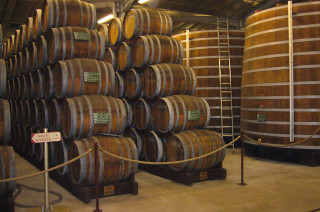
An apple brandy from Basse-Normandie (Lower Normandy), no Norman dinner is complete without Calvados as a digestif—served at room temperature, of course. Smaller shots are also served in the middle of a big dinner to reawaken the appetite, a tradition known as the Trou Normand.
To produce Calvados, fermented cider juice is double distilled according to the traditional methods of the Pays d’Auge, the AOC (appellation d’origine contrôlée) from which it hails.
After distillation, Calvados is aged in oak casks, giving it both its aromatic bouquet and its unique colour range, from golden to amber. There are three different grades of Calvados, based on how long it has been aged in cask: the five-year-old Reserve, 10-year-old Grand Reserve and 20-year-old XO. For a twist, a popular local drink is the softer and sweeter Pommeau, a mixture of apple must and Calvados. Aged in an oak cask, this makes a delicious apéritif or dessert “wine” served chilled.
See History Come Alive
B&R’s Normandy Biking trip is like turning the pages of a history book while riding along white sand beaches, past quaint thatched cottages and ancient churches. Explore a region as unique as it is historic.
DETAILED ITINERARYApple Cider, A Millennium in the Making
Apple cider, once called Pomade, has a long tradition in Normandy. Imported from Spanish Basque country in the 11th or 12th century, it completely replaced the wine, soft beer and mead consumed in Normandy during the medieval era. The alcohol percentage of cider is about four to five percent and comes in several varieties, including brut, demi-sec and doux (less alcohol).

Attractive orchards with local apple tree varieties such as Bergerie de Villerville, Coquerelle, Frequin Rouge, Bisquet, Noël des Champs, Saint Martin and Bedan surround Deauville and pepper the Pays d’Auge. Their apples are harvested and picked by hand from September to December, then kept in crates until they attain a perfect ripeness. There are more than 20 apple varieties, which provide the bases of both Calvados and cider.
After the apples are crushed in a restored old press, the must is gathered in stainless steel tanks where the fermentation can be perfectly monitored throughout the winter. After three months the fermented juice is assessed on its colour, density and aroma. Finally, the cider is bottled and left for two months to develop its “bubbles.”
MORE FROM France + Normandy
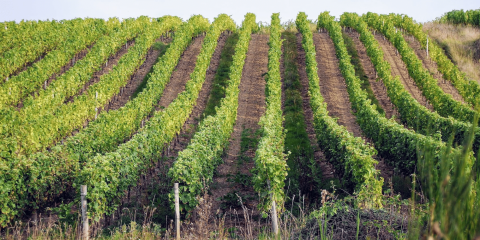
Grape Harvesting in Ventoux
France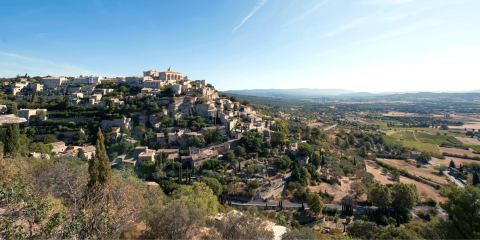
The Top 5 Hiking Routes in Provence and Cote d’Azur
Provence
With Vineyards, Beaches, and Quaint Villages, Île de Ré Is France’s Best-kept Secret
France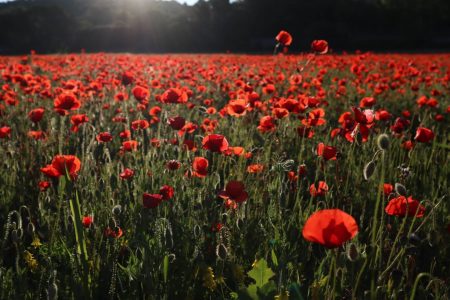
Photo Diary: A Sunday in Provence with B&R Guide Tatjana Buisson
Provence
5 Ways to Relive the Renaissance in the Loire Valley
Loire Valley
The Best Luxury Hotels in Paris: From Classic to Contemporary
France
Secrets of the Seine
Île-de-France
6 Reasons Why You Need to Visit Normandy, France
Normandy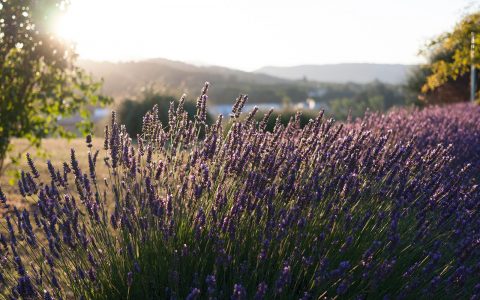
10 Best Markets & Shops in Provence
Provence
Bordeaux Nouveau: France’s Coolest City Right Now
Bordeaux
Falling Head Over Heels for Burgundy
Burgundy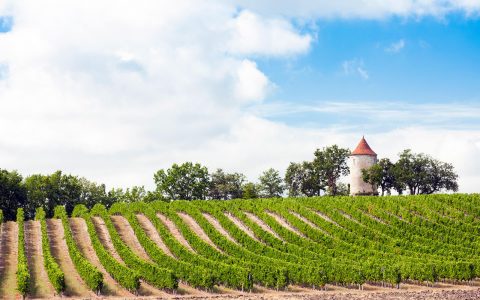
The World’s Best: Top 15 Bordeaux Wines
Bordeaux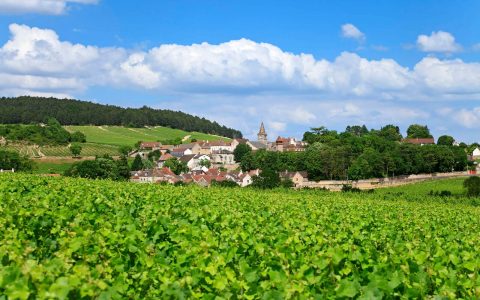
Rediscovering A Classic: Burgundy
Burgundy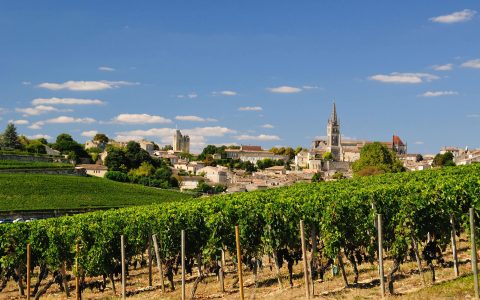
Reading for the Road: Our 5 Favourite Books About Bordeaux
Bordeaux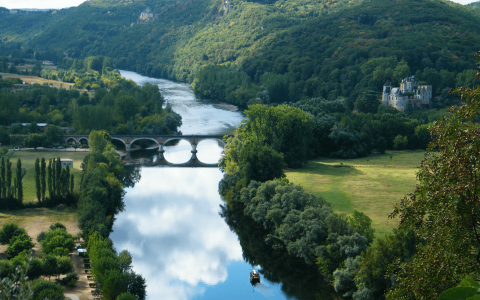
The Pleasures of Southwestern France
Bordeaux
Normandy’s Showstopper: Mont Saint-Michel
Normandy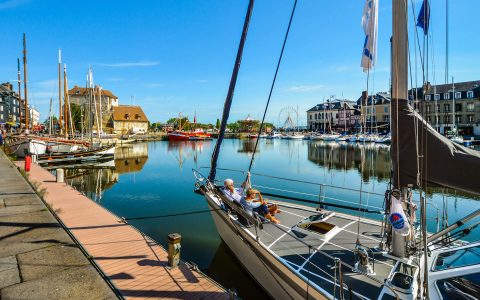
Reading for the Road: Our Favourite Books About Normandy
Normandy
Abbaye de la Bussière: English Hospitality in the Heart of France
Burgundy
Secrets of the Loire Lifestyle
Loire Valley